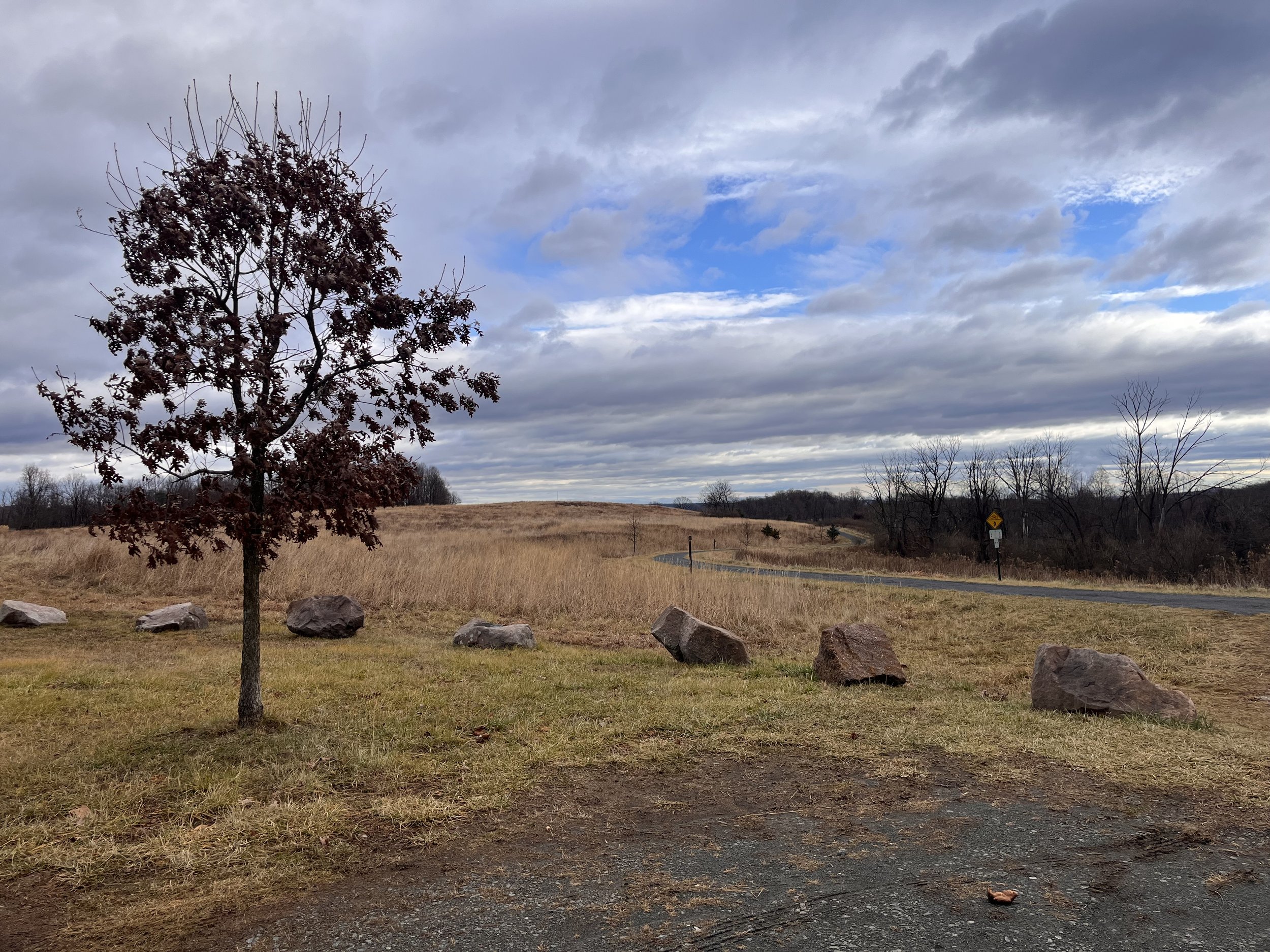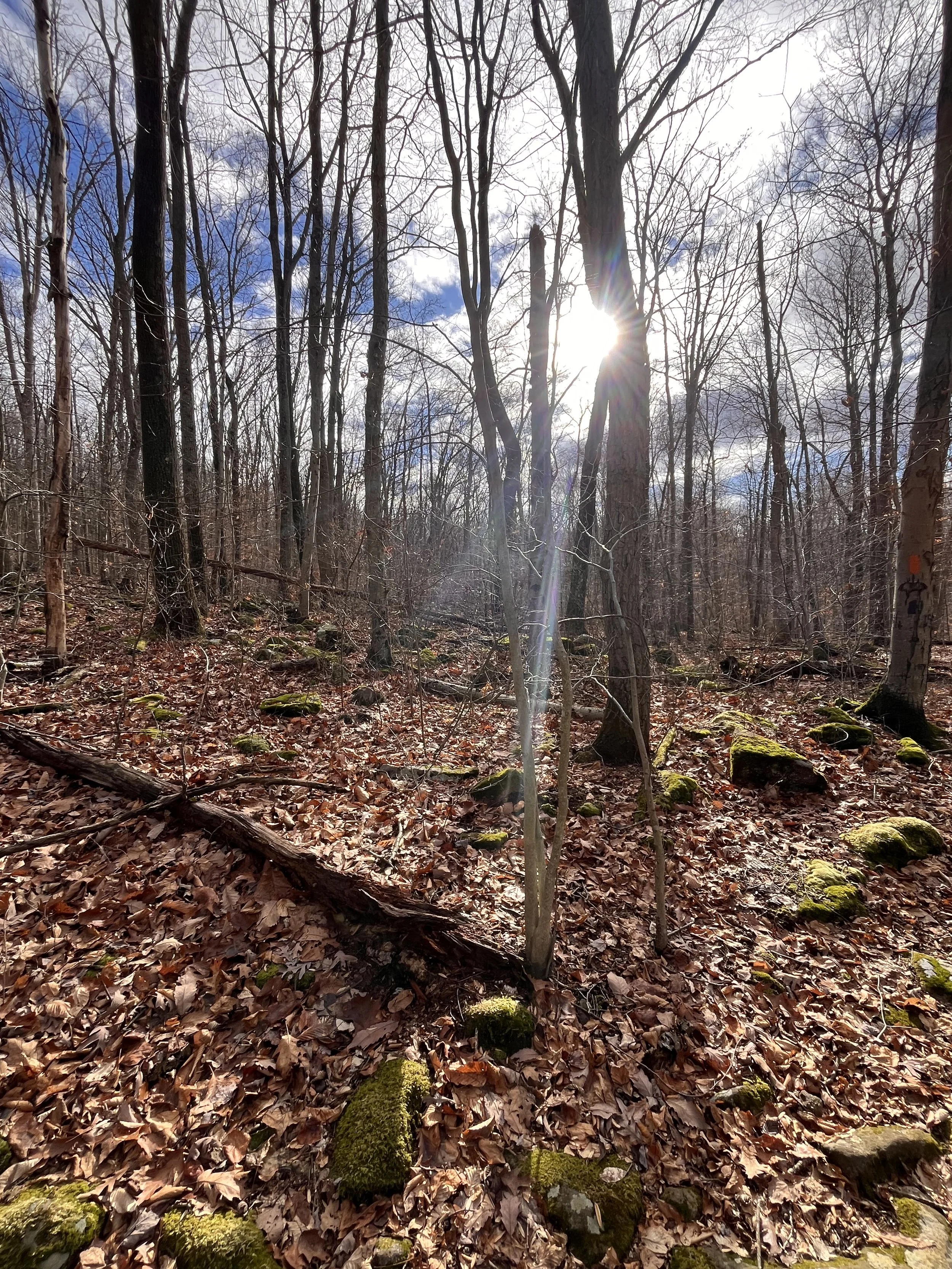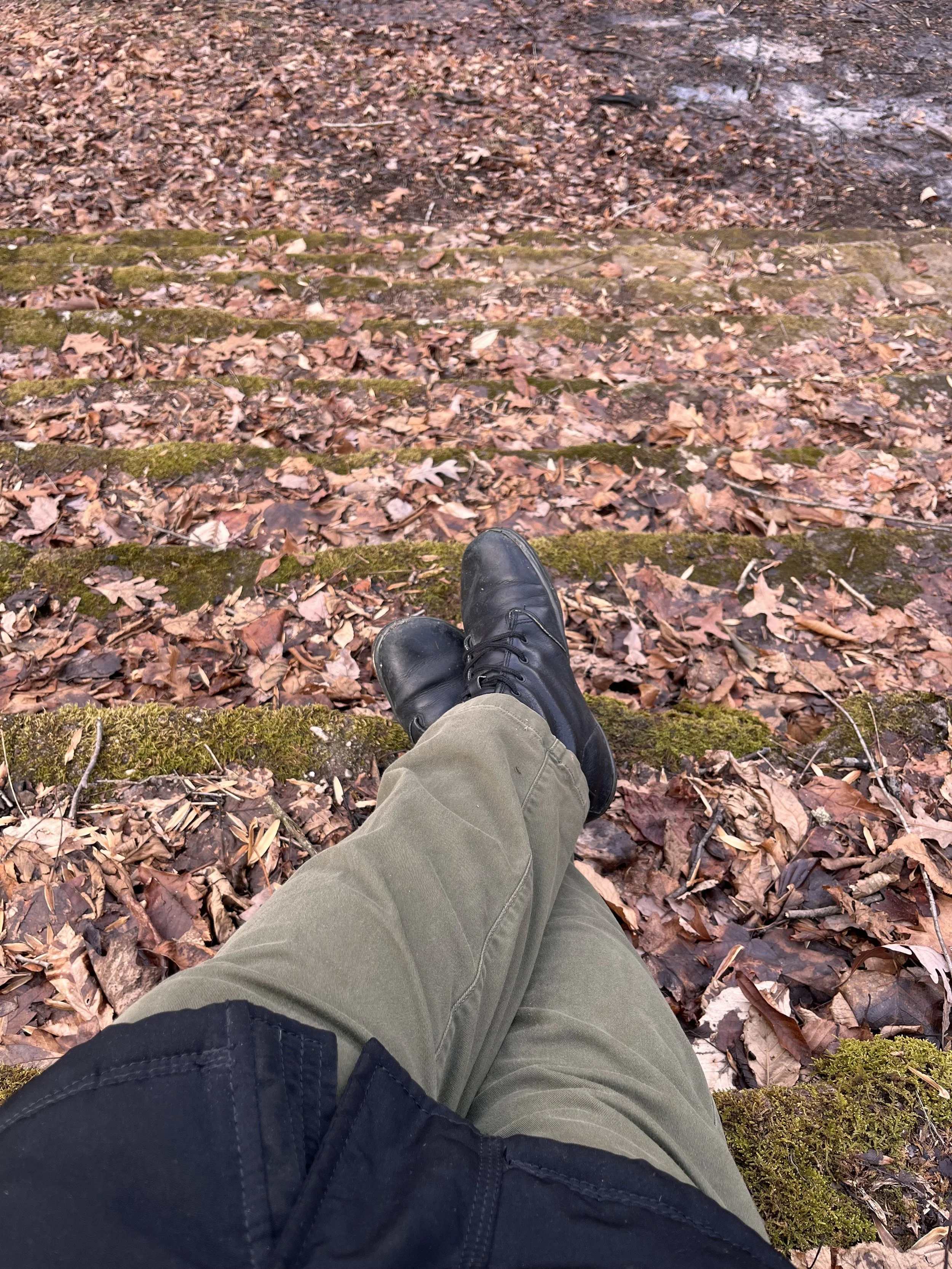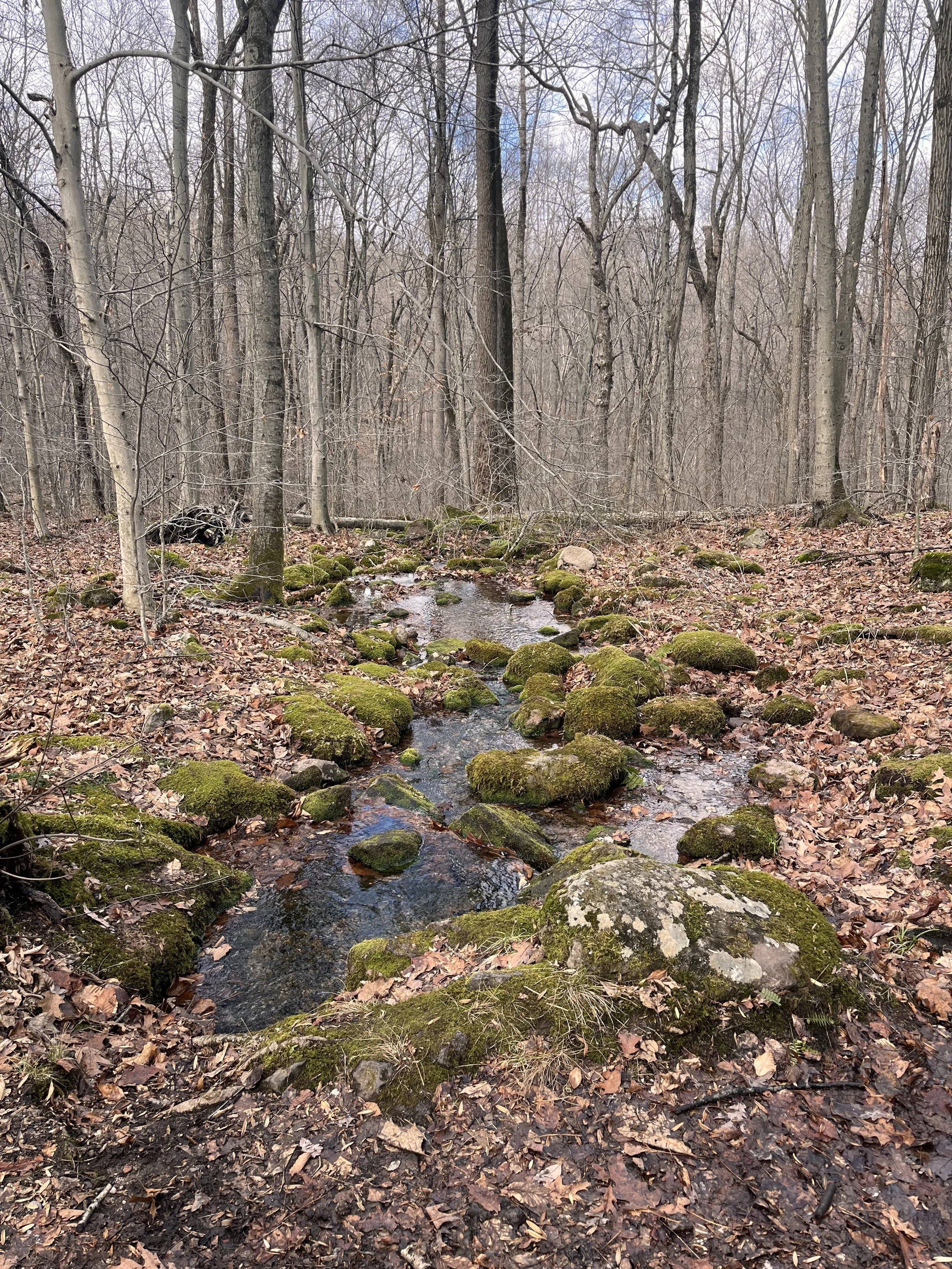What’s MY perfect movement plan?
Hopewell Big Woods trailhead | January 1, 2025
The first day of 2025 found me in one of my happy places: a wooded trail traversing the hills in nearby French Creek State Park.
It’s in the low 40’s, quite windy, but under the canopy - even though quite bare and tossed to and fro by the gusts - we were pretty warm within our layers … at times, even too warm.
It’s always on my dream list - to do more woods-walking - and yet even with so many locations within short distances, I didn’t do any of it at all last year. So, when the invitation came from my husband’s family who has been traditionally talking New Year’s Day treks for years, we were excited to go.
I did mention it had been a while, right?
Besides making a little too much merry the night prior, my legs, and more importantly, my lungs and heart weren’t quite ready for the 6-point-something miles we ended up covering. I survived, of course, but it was a not-so-gentle reminder to get my ‘movement plan’ up and running. And soon.
My ‘Perfect Movement Plan’.
This is the name of the latest book by Nutritious Movement creator, Katy Bowman. (Affiliate link here. Non-affiliate link here.)
As a certified ‘specialist’ in her work, it was a boon to have received her guide in assessing one’s movement diet based on where one is now, where they want to be, what’s available, and all rooted in the motivation behind why one wants to move in the first place.
Because, it’s not always that easy, right?
The process of identifying the Movement Why is multi-faceted, and so much, MUCH more, than ‘because I know it’s good for me…’.
It includes connecting with the remembered joy of moving, reclaiming some skills that might have gotten rusty, and envisioning what quality and content we want our lives to include and embody.
Sixpenny Trail | January 1, 2025
(AND, as I shared in a recent webinar, it’s also about identifying what gets in our way … which is so much more than, ‘..because I’m lazy, old, etc….’.)
When clarifying the soul-based connection to our Big Why, we might zoom out for the panoramic view of a lifetime - big goals like hiking the Alps, or living independently into one’s 80’s, 90’s and beyond, or keeping up with the grandkids in activities that don’t require technology.
We can then also hone in on smaller, closer-view goals: finishing a marathon, reclaiming better hip and shoulder mobility, expanding the garden.
As I am settling into my 59th year, my own ‘movement why’s’ have become a little more urgent, a little more obvious when getting out of a chair, or say, huffing and puffing a bit too much when walking up a hill.
I also think a lot more now about the practicality of having to take care of someone else, like if my husband fell ill or was injured, or even being available to neighbors or family members.
And, of course, I want to be able to enjoy life as much and as long as possible.
Movement Why’s are, ideally, inextricable from one’s life purpose.
Quality of movement = quality of life.
Living to our purpose is done through the instrument of the body, and so, it makes perfect sense that we can map out a plan that is much more than ‘doing more exercises’, but becomes a more participatory way of being within this short precious slice of time we have.
Which means, it’s not all just about trying not to die. :)
What would the design of a ‘perfect’ movement plan look like?
It would begin with:
Identifying my own what’s and why’s (tied up with ‘new year’s love-to-do’s’);
Taking an inventory of what movement I’m already doing;
Taking an inventory of my current limitations;
Filling in the blanks with more ‘nutritious’ movement.
In addition to the desire to feel better and more prepared as I get older, my ‘Love To Do’’s for the coming year include:
As aforementioned, more woods-walking. At this point, I don’t have a burning desire to hike the Appalachian, or other treks that require survival skills.
But, a regular 1-4 hour hike in the forest, where I can breathe green-infused air, feel dappled sunlight on my eyelids, hear the birdcalls bounce off stands of trees, my feet take in the earth, roots, rocks - there are few things (other than a good shiatsu session) that revive me more.
Just resting my VIVObarefoots. | January 1, 2025
Another is that I want to write a book. I’ve started a few; I’d love this to be the year I finish one. This means more diligent and regular time at the computer - and very much not like walking in the woods - but, actually, still requires a bit of body conditioning.
And then, I want to tend to my garden with more intention and care. In recent years, the bent over, downward activities of weeding and digging have problematic for my already taxed neck and shoulders, and therefore making gardening less enjoyable and easy to avoid (meaning, leave more tasks to my husband :)
An inventory of movement I’m already doing:
The general list: teaching two movement classes a week, carrying props uphill to the class space, housework (lugging laundry, vacuum up and down several flights of stairs, etc.), giving bodywork - sometimes on the floor, using cast iron for cooking, changing up my laptop locations (desk, floor, drawing table), taking occasional dance and other movement breaks, walking next door to get eggs, milk from our neighbors, wearing minimal or no footwear when possible, eating at a low table, writing notes by hand, driving a stick shift …
As you can see, not everything is ‘exercise’, but it all involves moving and shaping my body - and, in each case, could just as easily not be done, or done with more ease and convenience, thereby missing the benefits.
An inventory of my current limitations:
For someone so drawn to movement, I’ve never actually been very athletic, nor super-energetic.
Inertia can get the better of me, and it doesn’t get easier the closer I approach menopause. So, I have to pace myself. I also have not been doing a lot of cardio-strengthening moves for a while, which I want to address.
Years of ‘putting my back into things’, child-carrying, doing bodywork with not great body mechanics, and computer time have been shaping my spine and shoulders in ways that are becoming restrictive and uncomfortable. It would likely be worse had I not been immersed in movement work, but addressing the increasing curvature and rigidity in my upper body is now a priority.
And, of course, like with so many of my fellow humans, innate procrastination and resistance to just doing the things. :)
So, the rough framing of a plan guided by the above intentions would include:
~ More ‘heart’ and lung work.
The New Year’s Day hike was a humble reminder that I don’t do a lot of sustained exertion-like movement for my heart. I can do short stints: lugging laundry and other loads up two flights of stairs in my house, or carrying the bag of props uphill to my exercise class next door, or getting up and down frequently from the floor - sometimes holding my neighbor’s growing baby.
In addition to this (as he was huffing and puffing a little, too…), my husband suggested daily short walks just the 800 feet up the hill to the corner and back - with increasing speed and loads. Then weekly longer walks that involve hills. And then monthly walks more like the one mentioned above.
I have also subscribed to a couple very enjoyable online high intensity movement programs, like this one.
~ More calf and hip work.
Surprisingly, my calves were the only parts that really complained after the walk (other than my head - more on that below).
And I think due to going barefoot a lot, wearing minimal shoes for more than a decade, and trying to use my up-and-down from the floor skills as much as I can, my legs were pretty strong. I’m good with the squats, even in the garden and when I work on my floor clients.
But, I have felt my hips getting tighter in recent years, where prolonged-floor sitting creates discomfort, which I think has more to do with tightness in my low back.
So, more time spent in intentional hip-opening stretches, low back and abdominal mobility, as well as multi-directional ground moves (like those offered by MovNat) I think will help, especially if they’re included as ways that I move to do other things in life.
~ WAY more thoracic spine mobilization.
This is a biggie and underpins all three of these goals.
There are few of us in this modern environment that will escape unscathed by rounded forward postures.
It may show up in different variations for people: the clear and obvious hyperkyphosis (rounding of the mid-to-upper spine), head-forward posture (increased curvature of the neck so the head is forward from the center of the body), hyper-lordosis (increased curvature of the lumbar spine), and all manner of shoulder dysfunctions.
As bodies that have to look at what we’re doing most of the time, our heads down and arms rotated inwardly is not just a tech-age repetitive position.
But, we modern humans also rarely, if ever, do things that call for arms overhead, or frequent and varied movement of the rib cage.
I know, for me, the time I am already spending in front of the computer, as well as bent over bodywork clients has been shaping my spine and shoulders into a position that becomes problematic in other areas. I get fairly frequent headaches from the muscle pull in my neck, my left bicep tendon is often sore, and a prolonged bout of weeding the garden can crank all the noise up to 11.
I also discovered that the vertebrae at the base of my thoracic spine (like, the mid-back) had gotten so stuck as to give me a headache after all the walking up and down hills, over boulders and logs. That was a new and disconcerting development.
This is an area that requires a bit more intentional and frequent work because there are moves involved that don’t typically show up organically in my day. Reaching overhead, pseudo-hanging, floor angels, rhomboid push-ups, Tune-Up balls and more will take conscious effort and intention, and many, many breaks.
But, it’s interesting to think that I need to do physical training in order to be more disciplined to write on my laptop. The good news is, the very same movements will also serve me with hiking, gardening, bodywork and a bunch of other things.
This is all well and good to know …
Springing forth | January 1, 2025
… and then there’s actually doing the things. :)
Many of these movements can happen ‘organically’ - in other words, doing what I’m already doing, just using more of my body to do it.
But, as many of us know, it’s the other stuff - the one-more-thing-to-do’s - that are easy to put off.
When developing a movement plan, it’s good to do some honest self-reflection of where the blocks are, and then identifying what kinds of supports would be helpful.
Some examples:
Calendarizing. Actually putting the time on the calendar. Granted, in most cases, this isn’t effective enough, but for some people, that might be all it takes. Open the calendar for the next week, and add in when you’re going to do such-and-such. It can be just five minutes periodically throughout the day. Start with what’s easiet.
Intentional environments. A big piece of our non-moving is regularly navigating environments that don’t require us to move. The way we set up our work space, our kitchen space, our hanging-out space, etc. can require more dynamic movement without us having to think about it. The possibilities here are endless.
Support groups. Our people-environments also influence how much we move. Family members (including dogs) may be more motivated to get up and out, which may inspire us to do the same. Or conversely, you may live amongst couch potatoes, in which case, seeking out walking/moving/dancing/doing buddies may be called for. Even an online accountability group like Focusmate can be helpful.
Reviewing the movement goals as they are informed by one’s current needs and deeper values. This is an ongoing process. For some, having one set routine for a set time each day works fine. For others not so much, and in any case, when there is resistance or ‘staleness’- lack of interest, enthusiasm, effectiveness, it may be due to a growing disconnect between movement and personal meaning. This is really at the heart of a ‘perfect’ movement plan - the capacity to be fluid, adaptable, relevant, and hopefully enjoyable!
To the above point, reviewing one’s ‘plan’ periodically. I am experimenting with seasonal/quarterly containers - both for my movement and my business, which also lines up nicely with the gardening season.
Getting this book. :) (At the time of this writing, pre-orders from the publisher by January 31st will also grant you access to Katy’s upcoming class, Set Your Compass Toward Movement.)
Getting bodywork. True, this is having someone else move you, but it can still be relaxing while also energizing, pain and tension-relieving, and re-connecting to your body can be a motivating seed to move more.
Again, this is a rough framing - with the idea that my schedule and motivation levels can be unpredictable, but they’re good initial ingredients to start with as I craft this movement-based ecology that supports my body and integrates into my life.
More on this as it develops!
Want to start designing your own perfect-for-you soulful movement-life plan?
Learn about my upcoming program, Movement-Wise!
See below for details!
